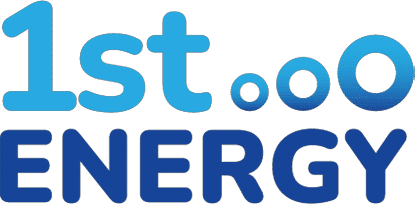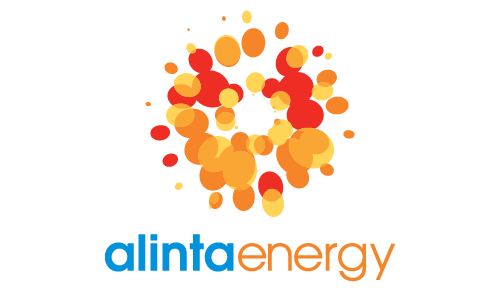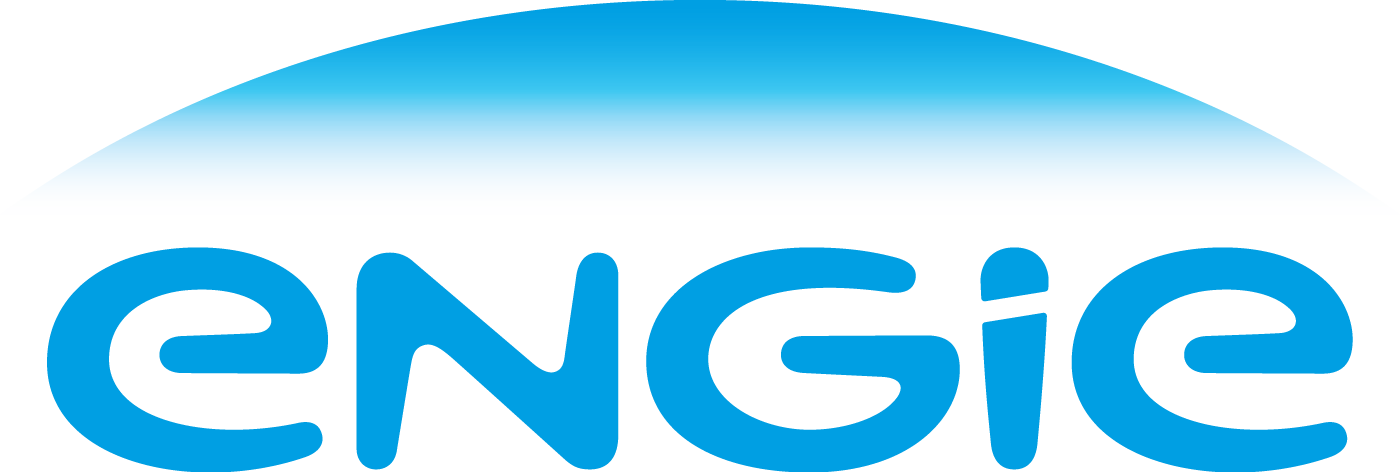Energy providers you can compare with Savvy














We’ve partnered with Econnex to bring you a range of energy plans to help you compare them.
Gas is an essential utility for many Australian households, used for heating, hot water and cooking. Depending on where you live, you may rely on reticulated natural gas (most commonly known as mains gas), piped directly to your home via the gas network, or LPG, which is delivered in bottles and more common in rural or off-grid areas.
While we don’t compare bottled gas suppliers, if you're connected to mains gas, Savvy could help you save on your bills by switching to a better plan. With us, you can compare offers from multiple gas retailers in one place and learn what can save you money on your bill.
How do gas prices work?
Just like an electricity plan, your gas bill is made up of two main charges:
- Usage charge
This is a rate charged per megajoule (MJ) of gas you use. The more gas you use, the more you’ll pay. - Supply charge
This is a fixed daily fee for being connected to the gas network. It applies even if you don’t use any gas on a particular day.
Most plans also use tariff blocks. That means your first chunk of usage might be charged at one rate, while any usage beyond that gets billed at a higher rate.
Some providers also apply seasonal pricing, particularly in winter when gas usage tends to spike. This means your usage charges may be higher during colder months, even if your plan hasn't changed.
Why gas prices vary – even if your usage doesn’t
Even if you’re using the same amount of gas, your bill can still go up due to several factors:
- Seasonal demand: winter is peak time for gas heating, so usage rates often rise during colder months.
- Wholesale costs: retailers buy gas from producers, and those prices can change based on local or global supply and demand.
- Network charges: it costs money to transport gas through pipelines and maintain the network – and these charges can change.
- Retail operating costs: billing, customer service and meeting regulations all add to what you pay.
- Export and energy market trends: since Australia exports a large share of its gas and uses gas for electricity generation, international markets and energy shifts can affect prices too.
All of these costs are bundled into the price your provider sets – which is why it's important to compare plans regularly and make sure you’re not overpaying.
You won't need to pay a cent to compare a variety of energy plans online through Savvy. It's 100% free. By filling out your form and providing a recent energy bill, you can have all the facts and figures worked out for you.
When you fill out your quote, you'll be able to consider offers from some of the leading energy providers in Australia.Why compare energy plans through Savvy?
100% free to use
Simple online quotes
Choice of leading providers
What is the average gas bill in Australia?
Gas prices vary depending on where you live, your provider and the plan you're on. According to Canstar Blue, the average gas bill in Australia is around $170 per quarter – but this varies by state and territory:
| State/territory | Average quarterly gas bill |
|---|---|
| Australian Capital Territory | $185 |
| New South Wales | $176 |
| Queensland | $170 |
| South Australia | $223 |
| Victoria | $180 |
| Western Australia | $110 |
| Source: Canstar Blue, December 2024 | |
If your gas bill is higher than average, this could be due simply to your lifestyle or household size – but it’s still worth checking whether you could be getting a better deal.
How to find a better gas plan
Regularly reviewing gas plans can help you save and ensure you’re on the best plan to meet your household’s needs. Here are a few things to consider when comparing plans:
- Understand your usage: check your past bills or smart meter data to get an idea of how much gas you typically use. This can help you choose a plan that suits your consumption patterns.
- Look at the rates and fees: compare usage charges and daily supply charges, but also watch out for extra fees like credit card surcharges, late payment fees or paper billing fees, which can all add to your costs.
- Check for discounts and rewards: some providers offer sign-up bonuses, welcome credits, loyalty perks or discounts for paying on time or by direct debit, which can add value to your plan.
- Think beyond price: finding the best gas plan isn’t just about the lowest rates – it’s also about choosing the right one for your needs. Consider contract terms, customer service reputation, online tools and billing options. If sustainability is important to you, look for plans with carbon-neutral gas or green gas certification.
Tips to save on your gas bill
If you’ve noticed a jump in your gas costs, it’s worth taking a closer look at your usage habits and energy plan. Here are some practical ways to cut down on your gas bill:
-
Lower the thermostat
If you use gas heating, dropping the temperature by just one or two degrees can lead to noticeable savings. While you might not feel much difference between 21°C and 23°C, each extra degree can increase heating costs by up to 10%.
-
Only heat the areas you’re using
Close doors to unused rooms and focus your heating on the spaces you spend the most time in. This reduces the workload on your system and avoids heating empty areas unnecessarily.
-
Cut back on hot water use
Gas hot water systems can be major energy users – and while it might not feel like you’re using much each time you turn on the tap, it all adds up over time. Taking shorter showers and filling the sink instead of leaving the hot tap running when handwashing dishes can help you to save on hot water – and your bills.
-
Use more energy-efficient appliances
If you're replacing a heater, cooktop or hot water system, look for models with high energy efficiency ratings. Efficient appliances use less gas to achieve the same results, helping you save over the long run.
-
Check your energy plan
If you feel your gas bill’s too high, it’s worth reviewing your current plan to make sure you're not overpaying. Comparing providers regularly could help you find a more competitive deal and lower your overall costs.
How to switch gas plans
Comparing, switching and saving gas plans with Savvy is simple and convenient. Here's how it works:
-
Search gas plans in your area
To get started, simply enter your postcode to see what gas plans are available where you live.
-
Compare and evaluate
You’ll receive a list of options showing estimated costs, supply and usage charges, fees, contract lengths, discounts and other key details, making it easier to weigh up your choices.
-
Pick your plan
Once you’ve found a plan that suits your needs, simply select it and fill in your details. Your new provider will handle the switch, including notifying your current provider.
-
Get connected
You’ll receive confirmation of the switch, along with your new plan details and start date. The changeover will usually happen on your next meter read, with no disruption to your supply.
Note that not everyone in Australia has the option of choosing their gas supplier. In the Northern Territory, for example, there are currently no mains natural gas retailers, so residents only have the option to switch LPG gas bottle providers. However, if you live in NSW, ACT, SA, VIC, parts of QLD, TAS or WA, you can compare mains gas plans through us.
- What is the average gas bill? - Canstar Blue
- Winter Energy Savings - Energy.gov.au
- Australia’s Long-Term Emissions Reduction Plan - Department of Climate Change, Energy, the Environment and Water
- Victorian government bans gas in new homes from 2024 - ABC News
- Preventing new gas network connections - Climate Choices
- Consumer Energy Report Card: How households use gas and their attitudes towards electrification - Energy Consumers Australia
- Getting Off Gas: Majority Support Household Electrification as Economic, Climate Costs Rise - The Australia Institute




